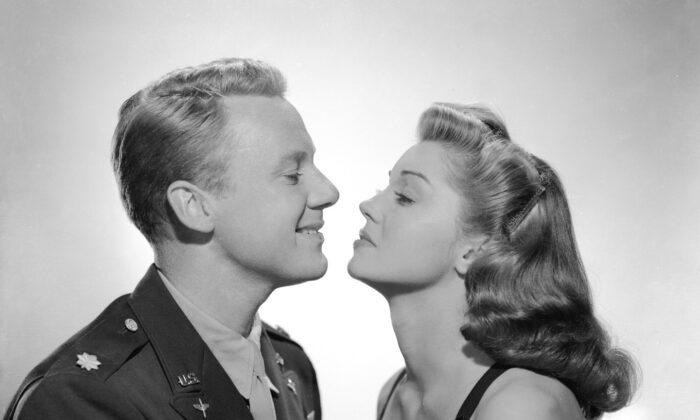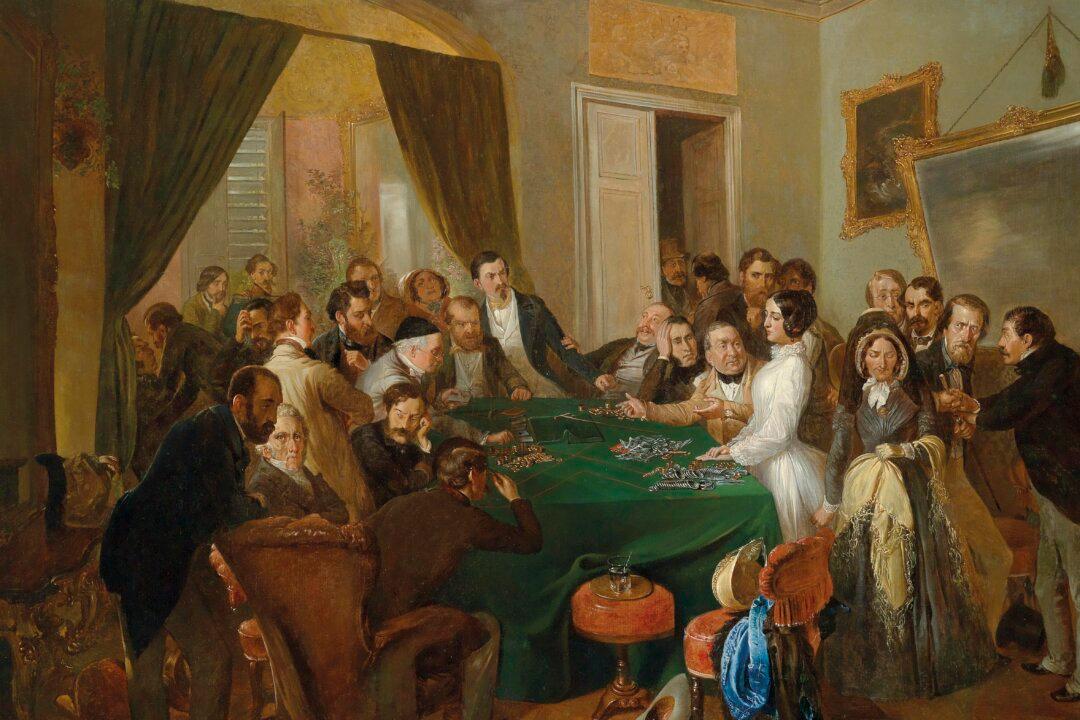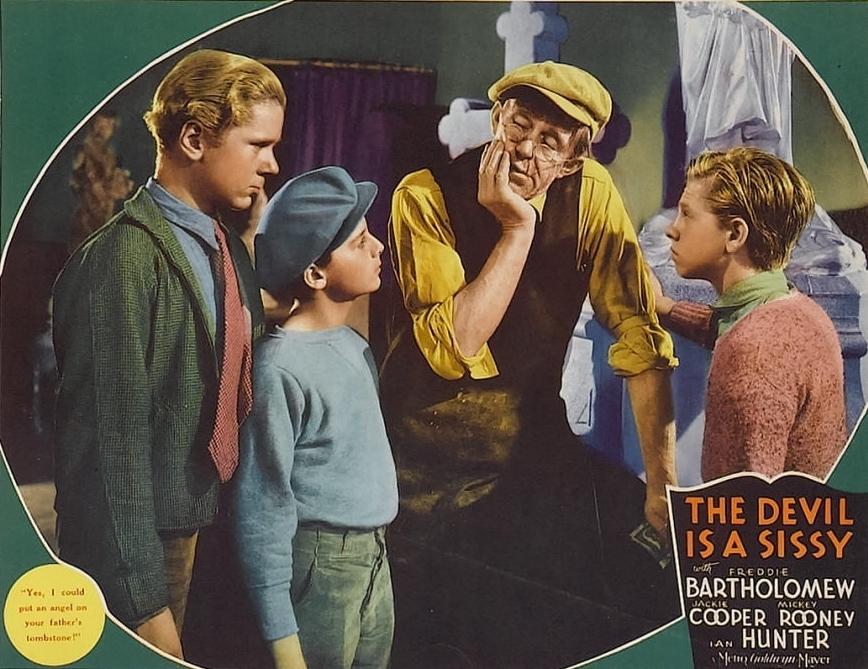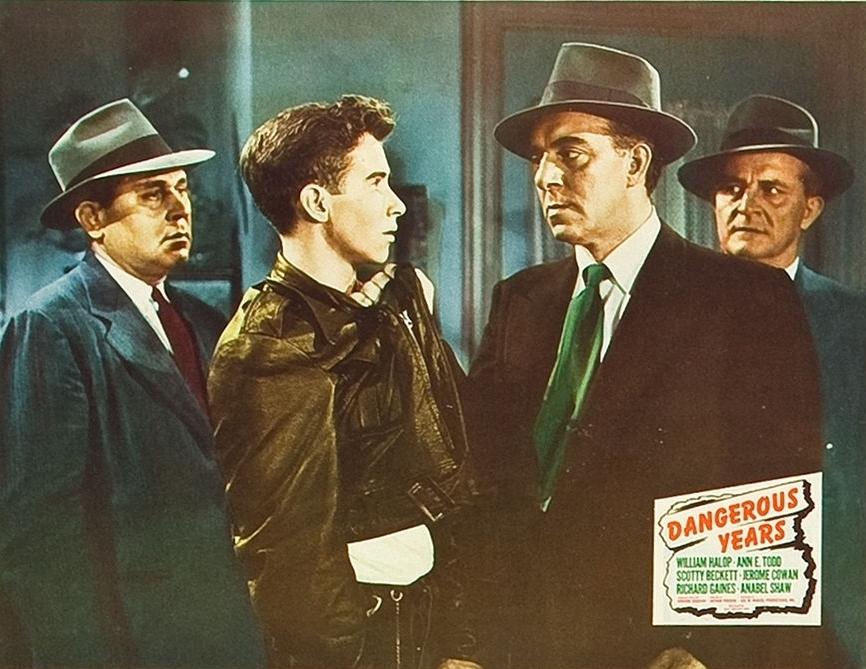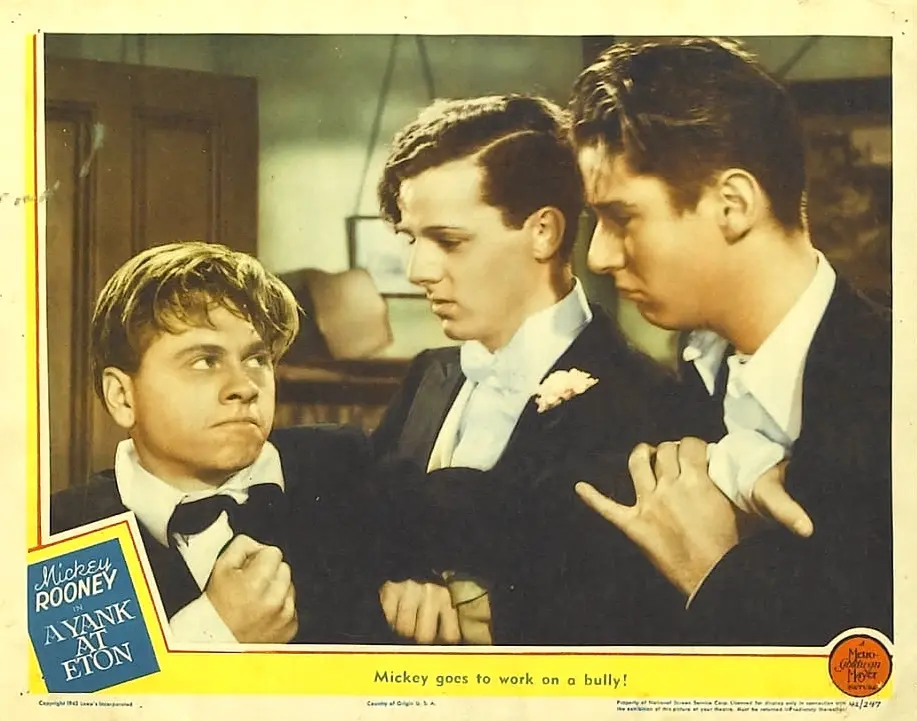Dinner and a movie is a popular plan for evenings at home. This concept goes beyond eating in front of the television when the recipe comes from the movie’s producer.
Joe Pasternak, who made over 100 movies during his three-decade career, was called the “Cooking Producer” because he loved making Hungarian delicacies for his Hollywood friends. His culinary flair was captured in a 1966 cookbook called “Cooking With Love and Paprika,” which is much more than a collection of traditional European recipes. It is a collection of stories about golden era movie stars’ favorite pastime after working hours—eating!
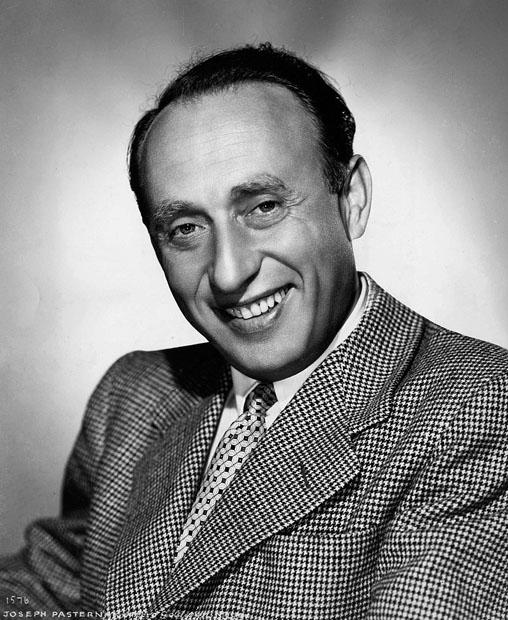
A perfect Pasternak production to pair with a recipe from this book is “Thrill of a Romance” (1945), his first Esther Williams film and a second leading role that made the swimmer a movie star. This movie further established Van Johnson as a heartthrob. It also was the film debut of Lauritz Melchior, a Metropolitan Opera star who made four out of his five films with Joe Pasternak.
Surprisingly, this story, which is set in a resort near Yellowstone, has more discussions about cuisine than average!
The story is about swimming teacher Cynthia Glenn (Williams), who is romanced by plastics tycoon Bob Delbar (Carleton G. Young). They wed after a month-long courtship and visit a mountain resort for their honeymoon. However, just after they arrive, Bob is called to Washington, D.C., on a big business deal, leaving devastated Cynthia alone at the hotel.
Cooking for the Stars
Pasternak specifically mentions this film’s main stars in his cookbook, citing dishes he loved making for them. When he opens the chapter on casseroles, he refers to cooking them for Esther Williams:“When I was working with Esther Williams, I invited her to dinner very often. The poor girl was in and out of the water … for days on end, and the least I could do was to feed her some of her favorite dishes to keep her energy up. Sometimes I‘d think to take her home without having prepared anything in advance. Then I’d go home a little early and whip up one of my special casseroles.”
Interestingly, the producer’s concern for his actress’s watery profession is like a line that Cynthia’s aunt, Nona (Spring Byington), says to her before dinner: “I wanted you to have such a nice hot dinner. You need one after a day of such damp work.”“The first time I served lecso (Hungarian Hot Dog Goulash) to Van Johnson, he looked at it and said, ‘Hot dogs and tomatoes and green peppers! I don’t even like those when they’re not mixed up together!’ So as usual I said, ‘Taste it, taste it, just taste it. ...’ Now, I play very bad tennis and Van Johnson plays very good tennis. But after he had eaten the lecso, we made a deal. Every time I make it for him, he plays tennis with me for an hour.”
In contrast, Lauritz Melchior loved eating anything Joe Pasternak cooked. The European flair of Pasternak’s cuisine wasn’t foreign to the Danish singer, whose described hearty appetite is unsurprising:“The best customer I have ever had is a man with an appetite as big as he is and a personality as warm and wonderful as his voice. Lauritz Melchior, the incomparable Wagnerian tenor, is every cook’s dream, a gourmet who loves everything I cook. But choosing what to cook for him is a dilemma as well as a delight. Whenever I’m in doubt about what to feed him, I make Hungarian goulash, since he enjoys it above all else. And there could be no better reward than the song he sings for me in appreciation.”
Thrill of a Good Meal
A major subplot in “Thrill of a Romance” is Nils Knudsen’s strict diet of vegetables, which is very difficult for him, since “the only vegetables” he likes “are steak and beer.” It seems this European character has acquired the American dislike of vegetables, which Joe Pasternak describes in his introduction to the chapter “Vegetables of Distinction”:“Here in America we can enjoy asparagus, green peas, … or corn anytime of the year. ... Maybe that’s one of the reasons Americans find vegetables boring. My recipes for vegetables take a little more time, a little more patience, and a little more love on your part. But they also make the vegetables just that much more exciting to eat.”
Unfortunately, the hotel’s chef doesn’t know these recipes, so poor Mr. Knudsen must eat plain carrots. “Oscar,” he complains to the waiter, “do I look even a little like a rabbit?” His friend Mr. Pasternak even had a solution for this vegetable:“Poor old carrots, always considered such a dull vegetable! They need not be, if you'll try them this way (with cognac). I admit they aren’t very glamorous served plain, but… [a] little fixing up helps almost everything, including the carrot.”
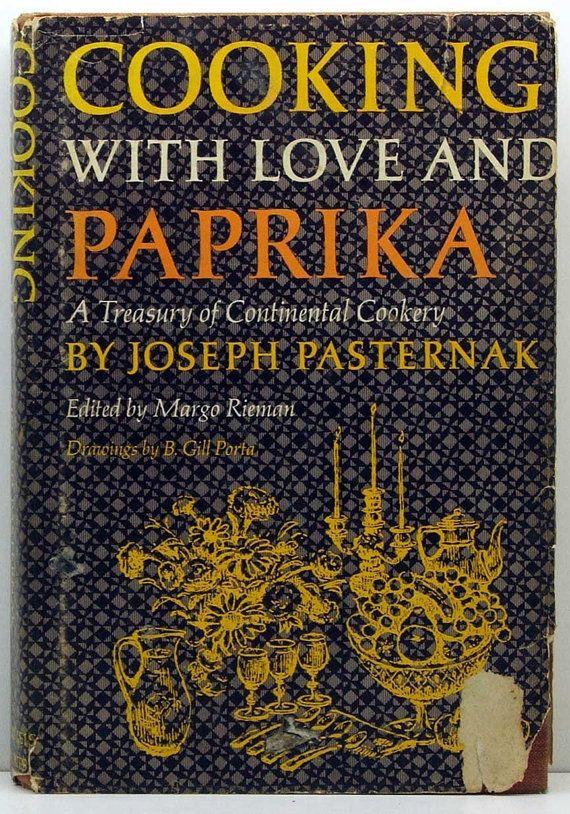
“Like making a movie, making a soup requires lots of ingredients, carefully chosen and carefully blended. Then one adds one’s own touches and garnishes to make the whole thing a finished composition. Almost all soups are better for these garnishes.”
He also gives instructions for roast duck. He provides two pages of asparagus preparations, plus his hollandaise sauce recipe. While there is no recipe for potatoes au gratin, he gives instructions for cauliflower, spinach, and tomatoes au gratin, also providing three pages of potato preparations in the vegetable chapter. He lists no dessert as ordinary as a sundae, instead dedicating three chapters to more exotic sweets.Music and a Meal
Pasternak was one of Hollywood’s greatest musical producers. He made stars out of young singers Deanna Durbin and Gloria Jean at Universal and Kathryn Grayson and Jane Powell at MGM. His films without these youthful sopranos often contained other classical musicians, such as conductor Leopold Stokowski, pianist José Iturbi, and Heldentenor Lauritz Melchior, who makes his screen debut here singing a famous aria from “I Pagliacci.” Later, he sings Franz Schubert’s “Serenade” and Edvard Grieg’s “Jeg elsker deg” (“I Love You”). In addition to his impressive singing, he plays a touching supporting acting role.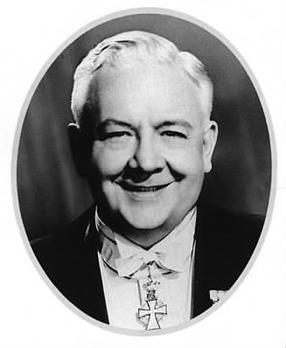
This musical celebration also features big band hits from Tommy Dorsey and His Orchestra.
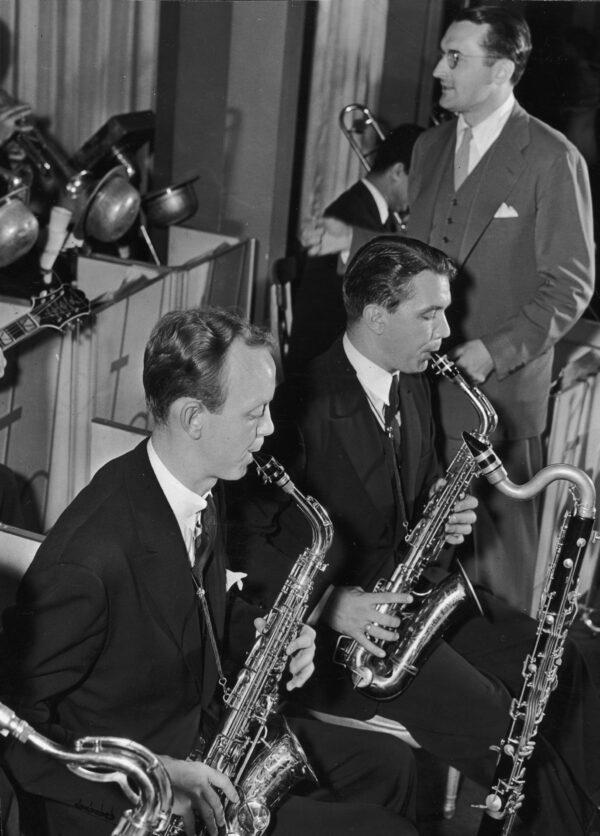
“Now I have made a lot of musicals, as a producer, because I love music and feel that a world without it would be a gray world indeed. But when you make a musical, just as when you make a meal, you have to balance the voices to make a good duet.”
This movie was 1945’s seventh-highest-grossing film because it remains a perfect balance of music, romance, and friendship. Try balancing it with one of Mr. Pasternak’s recipes to create a meal filled with love, paprika, and music!
